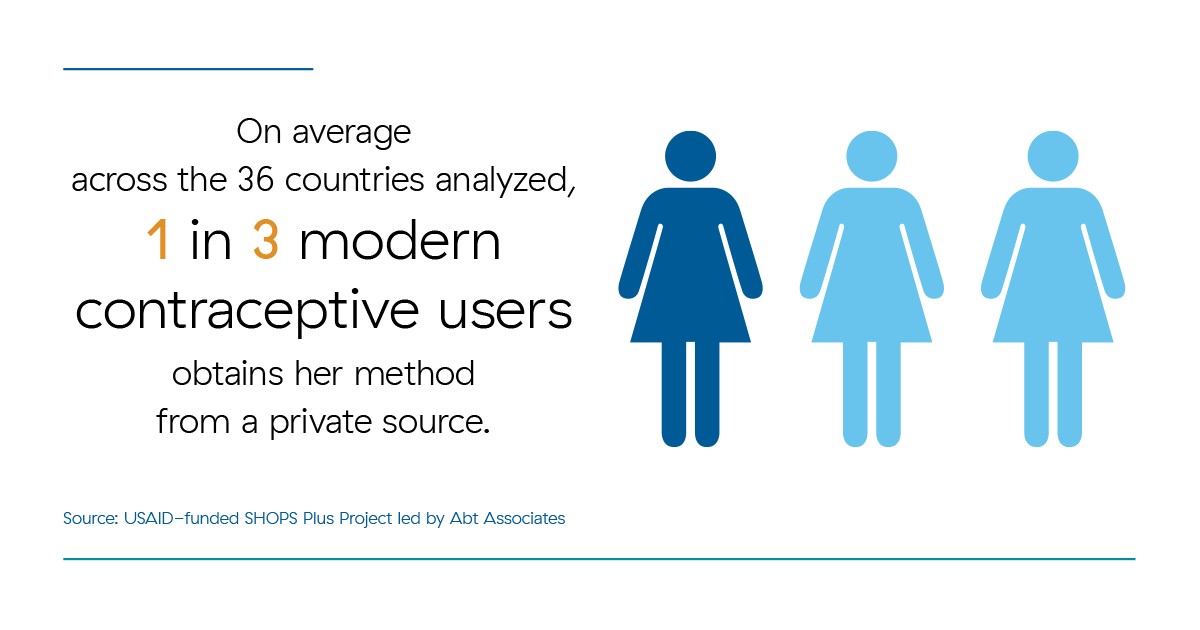Sources for Family Planning in 36 Countries
Where Women Go and Why It Matters
Understanding where women obtain family planning methods and how sources vary across user groups is essential to improve contraceptive access and ensure an equitable and sustainable future. This brief examines the roles of the public and private sectors in providing contraception and how they can best collaborate to expand contraceptive access and choice. It also looks at how these sectors can best meet the needs and preferences of current and future contraceptive users. This brief examines the roles the public and private sectors have played in recent contraceptive prevalence increases; sources of contraception by region, country, and method; types of sources within the private sector; source patterns by age, marital status, geography, and socioeconomic status; and settings in which the private sector plays a larger role in providing modern contraception. It concludes with implications for designing programs and policies with a total market approach.
Click the infographic to view and save the image
SHOPS Plus
